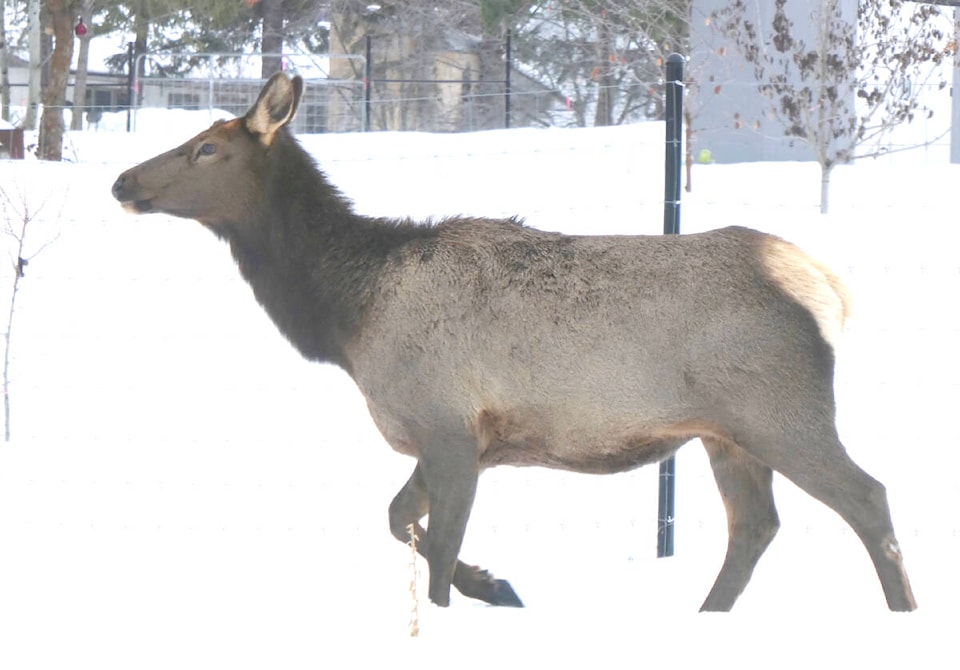Over the past 20 years, I have observed with interest the evolution of Cranbrook’s urban wildlife. As our town changes and transforms, so does the population of our furred and feathered neighbours that share our streets — a parallel demographic to Cranbrook’s human herds.
Now, with the sudden appearance of elk hanging out within Cranbrook city limits, we could be on the verge of another stage in the development of our urban wildlife.
Let me say, right off the bat, this is my own speculation. But elk in town are rare enough — almost unprecedented — that I have to ask if a shift is in order.
Animals — and plants — that comfortably adjust to the changes humans make in those animals’ environments are called hemerophile — and Cranbrook is full of hemerophile species.
Twenty years ago, there was no urban deer herd in Cranbrook like there is now. To see a deer on the streets of Cranbrook was unusual.
Then came the big fire season of 2003, when wildfires burned all around us, driving fleeing wildlife in our direction. In the years shortly after that, the creation of new golf courses in the area, other development in Area C and at the edge of Cranbrook, and wildfire mitigation work in the Interface also flushed out the deer.
By 2007-2008, there all at once seemed to be a sizeable deer presence in town, an urban herd. These deer were all mule deer.
Five years ago, to see a white tail deer in town was very unusual. Now, most of the deer I see on the streets are white tails. I can hazard no guess as to why this should be. It’s almost as if the white tails have displaced the mules — one would think it would be the other way around.
There are several elk herds in the vicinity of Cranbrook, but they are skittish and have avoided urban environs up until now. Perhaps this is a one-off situation — a few members of one of the herds found themselves in town, and find it a relaxed place to be. Or are similar habitat changes to those that caused the deer to come into town 20 years ago now affecting the elk? Are wildfires and wildfire mitigation outside Cranbrook creating a more suitable habitat for elk herds nearer to town? Are predators putting pressure on nearby elk, forcing them more and more into town? Is the proliferation of wildlife fencing in the rural areas outside Cranbrook cutting off the herds’ regular routes?
One could say it was just a matter of time. Elk are regular denizens of other municipalities — Banff comes to mind right away. I believe we have to prepare ourselves for urban elk herds in our near future.
Stay tuned for more information on this exciting new urban wildlife development.
